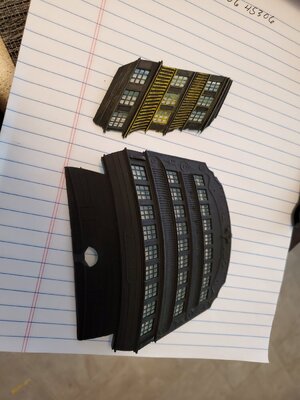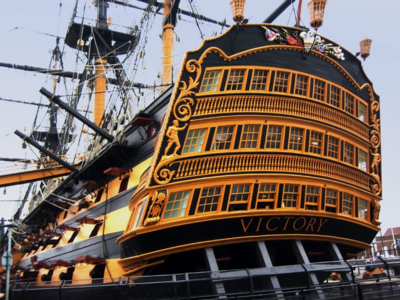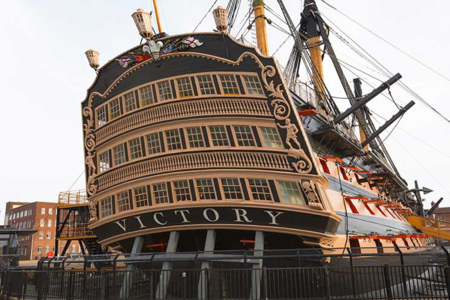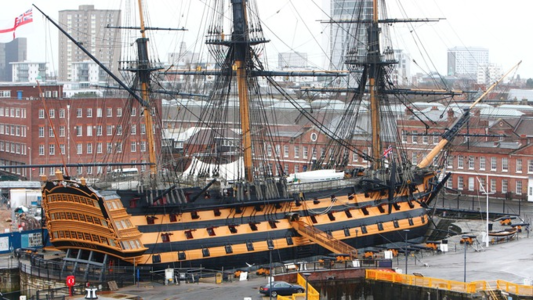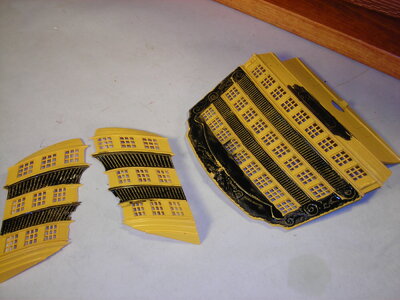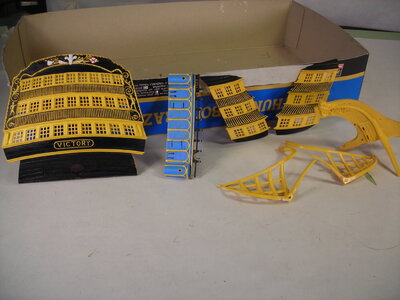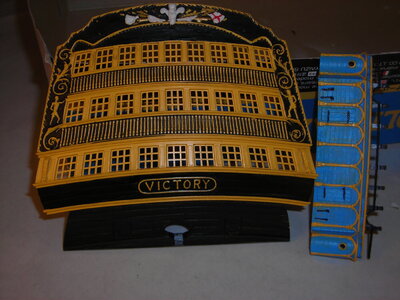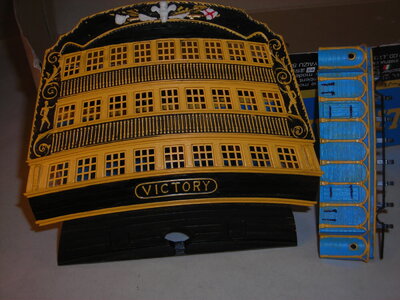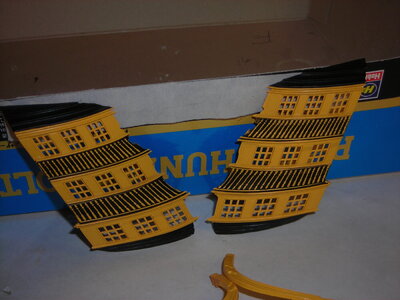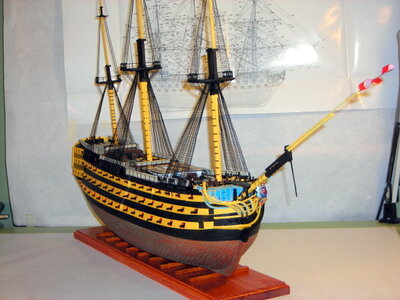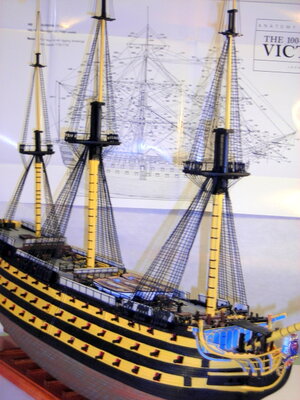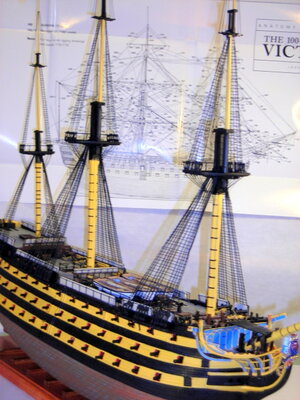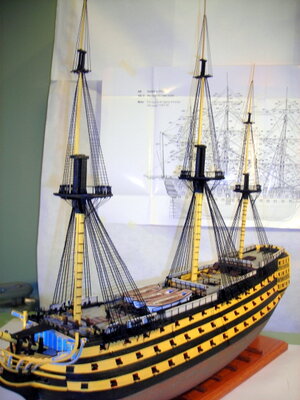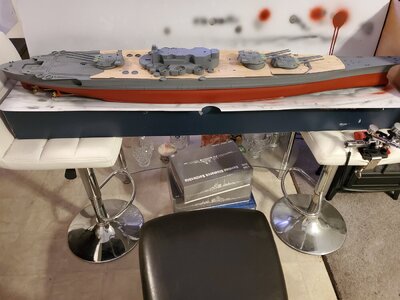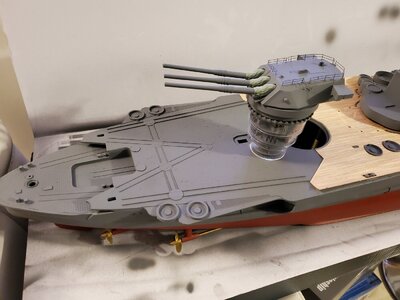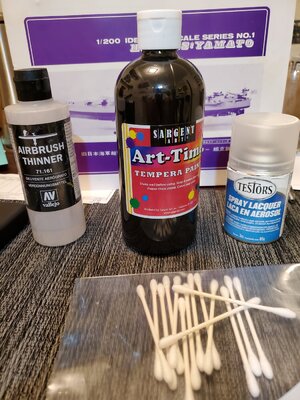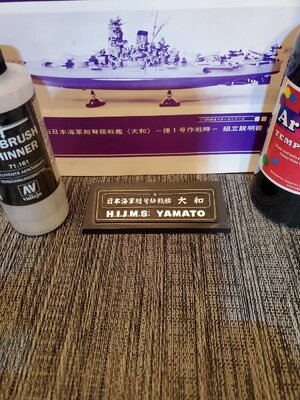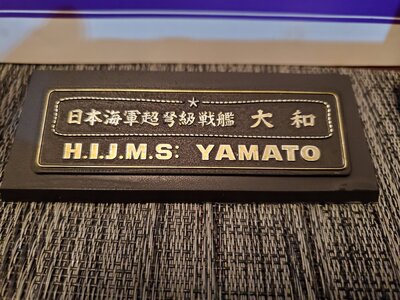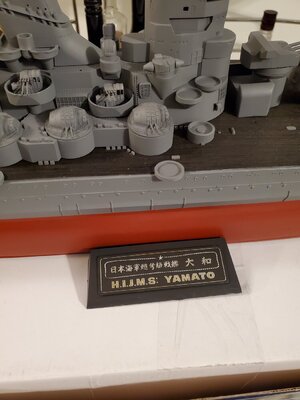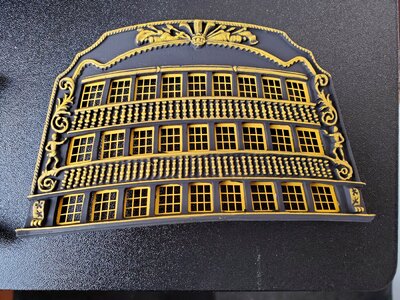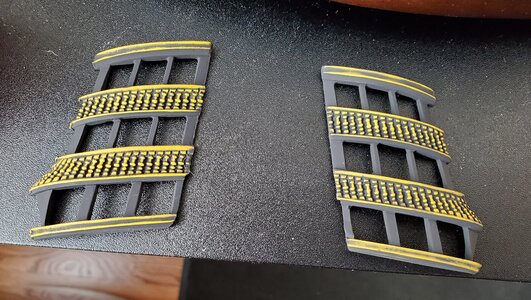it depends upon your objective. If you wish to cut-in each bannister, right up to the ground (an advanced painting skill), then you will have to learn how to proportionally thin your paints (model-specific acrylics are best for plastic), and you will have to learn how to properly load the brush with just enough paint that it lays down easily, without running away and pooling in the low ground. Everything Pugwash said about lighting, hand/arm rest applies, here. Learning how to breathe, while doing this (slow, measured breathing), is important. Keep in mind, though, that it takes a lot of practice to become proficient and comfortable with this technique.
On the other hand, if you merely wish to neatly pick out the surface detail, without spoiling the ground, dry brushing is the way to go. The key, after you load you brush, is to “roll” off most of the paint onto relatively lint-free paper towels (I like Bounty). The advantage of “rolling” is that it consolidates your brush tip. Then, the other critical factor is the angle of your approach; you aren’t painting with the brush tip, so much as the sides of the brush bristles.
When in doubt, there are a gazillion modeling tutorial videos on YouTube that clearly demonstrate these techniques for best results.
A sampling:
Heller Victory is a titanic project (ship pun intended). Breathe. Take your time, and don’t rush results. Good work results will motivate your continued progress. Sloppy, rushed work will turn the whole thing into a chore you’re just trying to “get-through.”
